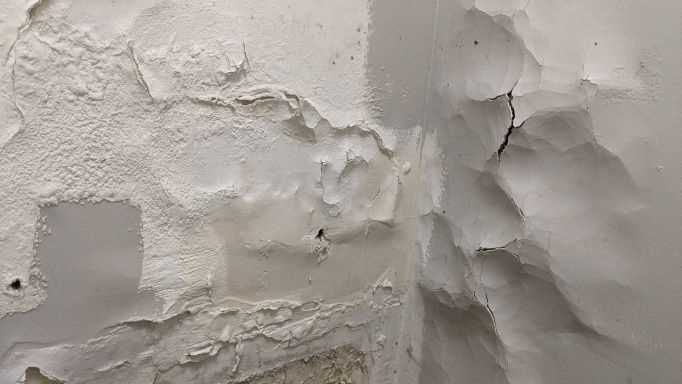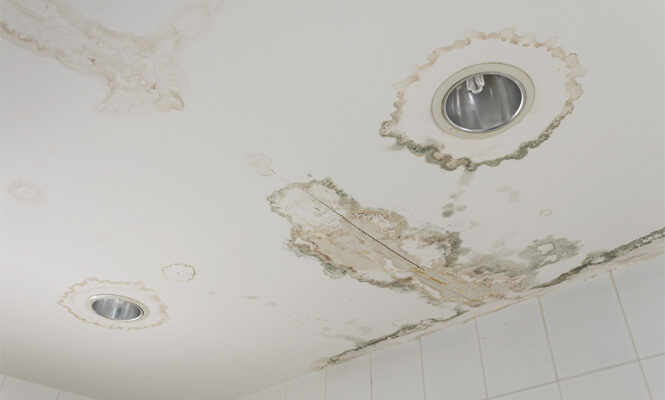We have noticed this article on How to Find and Repair Water Leaking in the Wall directly below on the internet and thought it made perfect sense to relate it with you over here.

Water stains on walls are not pleasurable to the eyes. Your residence should be without spots on the wall surfaces, roof covering, or floors. That is the excellent state of a home and its structures. Yet, often it appears virtually inevitable to experience water stains on walls in houses.
Property owners living in humid regions regularly manage the fear of water discolorations on walls. Yet that doesn't have to be the case for you. With well-rounded and accurate info on the reasons for water stains and timely repair work processes, you will constantly be an action ahead of such events. This short article guarantees to be a practical overview for you.
3 Usual Root Causes Of Water Spots on Wall Surfaces
Unlike popular belief, water stains on wall surfaces do not constantly stem from inadequate structure materials. There are numerous reasons for water discolorations on walls. These consist of:
Damp
When warm moist air meets dry cold air, it creates water beads to form on the walls of structures. This occurs in restrooms and also kitchen areas when there is vapor from cooking or showers. The water beads can tarnish the bordering walls in these parts of your residence and infect various other areas.
Moist or condensation influences the roof and wall surfaces of structures. When the wall surface is damp, it creates an appropriate setting for the development of fungis and germs.
Poor Drain
When making a structure plan, it is important to ensure sufficient drain. This will certainly avoid water from leaking right into the wall surfaces. Where the water drainage system is clogged or nonexistent, underground dampness accumulates. This links to excessive moisture that you notice on the wall surfaces of your structure.
The leading cause of wet wall surfaces, in this instance, can be a bad water drainage system. It can additionally be because of inadequate monitoring of sewage pipes that go through the structure.
Pipe Leaks
The majority of homes have a network of water pipes within the wall surfaces. This makes certain that the pipes are faraway from the reach of harmful rats. It constantly enhances the practicality of such pipelines, as there is little oxygen within the walls. This inhibits rust.
Yet, a downside to this is that water leakage affects the walls of the structure and also triggers extensive damage. A dead giveaway of defective pipes is the appearance of a water discolor on the wall.
Pro Suggestion
A houseplant in your home also enhances its humidity. So, if the house is currently damp, you might wish to introduce houseplants with minimal transpiration. An example of appropriate houseplants is succulents.
Water Stains on Wall Surface: Repair Work Tips
When dealing with water discolorations, house owners would generally want a quick solution. Yet, they would certainly quickly realize this is disadvantageous as the water stains repeat. So, below are a few practical tips that will certainly guide you in the repair work of water discolorations on walls:
Final thought
No one desires to have water discolorations on wall surfaces in their residence, it can take place to the best of us. This article gives you leverage, as you now know how to handle this mishap if it does occur.
It is always best to recruit professional services to help repair the problems in your house.
In some cases it appears nearly inevitable to experience water discolorations on wall surfaces in houses.
In contrast to preferred belief, water discolorations on walls do not constantly stem from poor building materials. There are a number of reasons of water discolorations on walls. The water droplets can stain the surrounding walls in these parts of your residence and also spread to various other locations.
Below are a couple of handy tips that will certainly assist you in the repair of water stains on walls:
How to Remove Water Stains From Your Walls Without Repainting
The easy way to get water stains off walls
Water stains aren’t going to appear on tile; they need a more absorbent surface, which is why they show up on bare walls. Since your walls are probably painted, this presents a problem: How can you wash a wall without damaging it and risk needing to repait the entire room?
According to Igloo Surfaces, you should start gently and only increase the intensity of your cleaning methods if basic remedies don’t get the job done. Start with a simple solution of dish soap and warm water, at a ratio of about one to two. Use a cloth dipped in the mixture to apply the soapy water to your stain. Gently rub it in from the top down, then rinse with plain water and dry thoroughly with a hair dryer on a cool setting.
If that doesn’t work, fill a spray bottle with a mixture of vinegar, lemon juice, and baking soda. Shake it up and spray it on the stain. Leave it for about an hour, then use a damp cloth to rub it away. You may have to repeat this process a few times to get the stain all the way out, so do this when you have time for multiple hour-long soaking intervals.
How to get water stains out of wood
Maybe you have wood paneling or cabinets that are looking grody from water stains too, whether in your kitchen or bathroom. Per Better Homes and Gardens, you have a few options for removing water marks on your wooden surfaces.
You can let mayonnaise sit on your stain overnight, then wipe it away in the morning and polish your wood afterward. You can also mix equal parts vinegar and olive oil and apply to the stain with a cloth, wiping in the direction of the grain until the stain disappears. Afterward, wipe the surface down with a clean, dry cloth. Try placing an iron on a low heat setting over a cloth on top of the stain. Press it down for a few seconds and remove it to see if the stain is letting up, then try again until you’re satisfied. (Be advised that this works best for still-damp stains.) https://lifehacker.com/how-to-remove-water-stains-from-your-walls-without-repa-1849742925

I have been very eager about Indicators of Water Damage Behind Walls and I hope you appreciated the new blog post. Make sure you set aside a second to distribute this article if you appreciated it. Bless you for your time. Visit us again soon.
Book Service Now